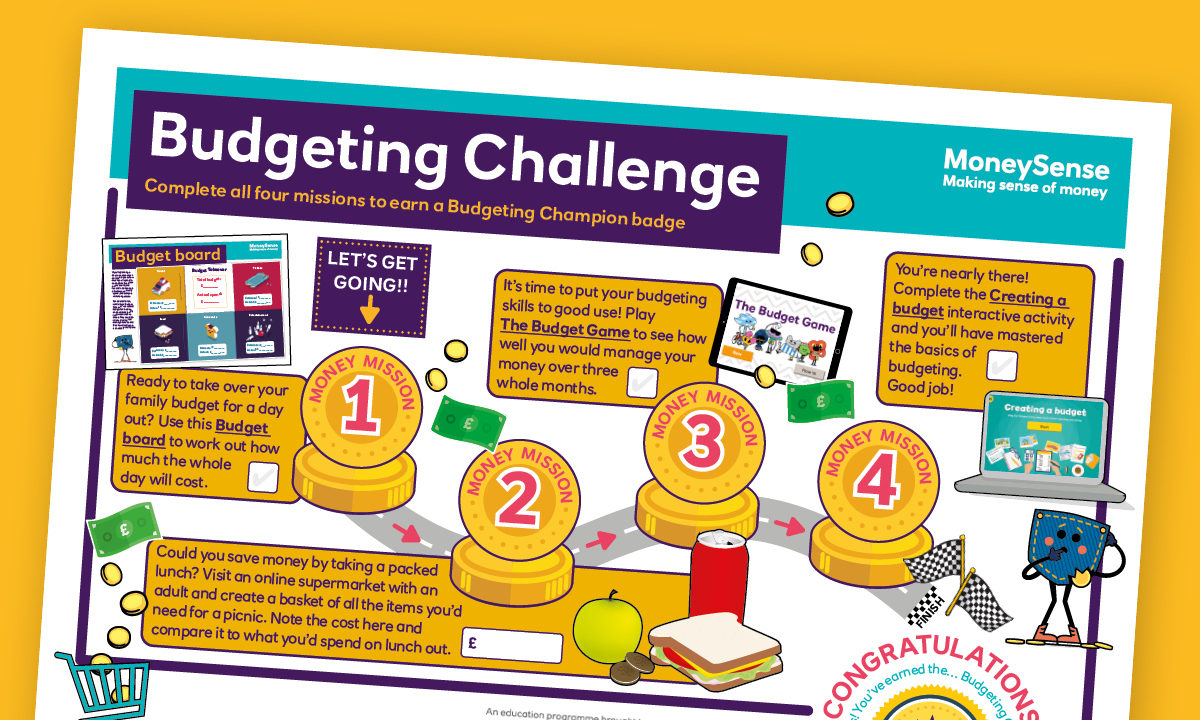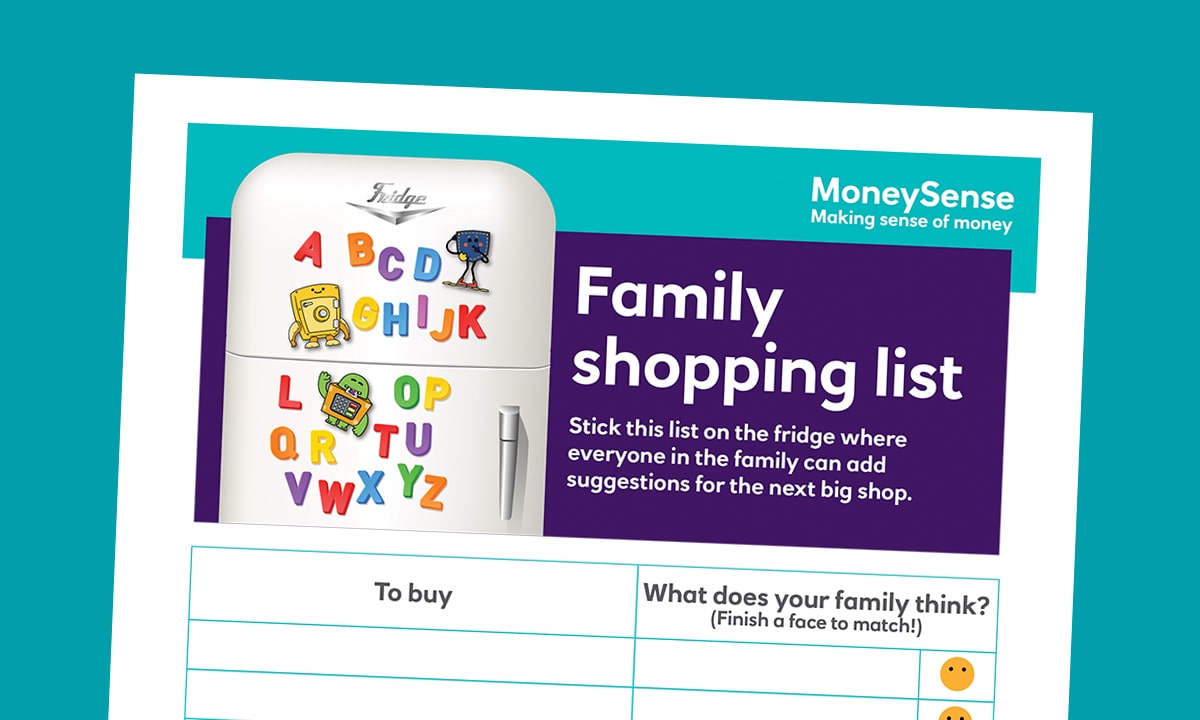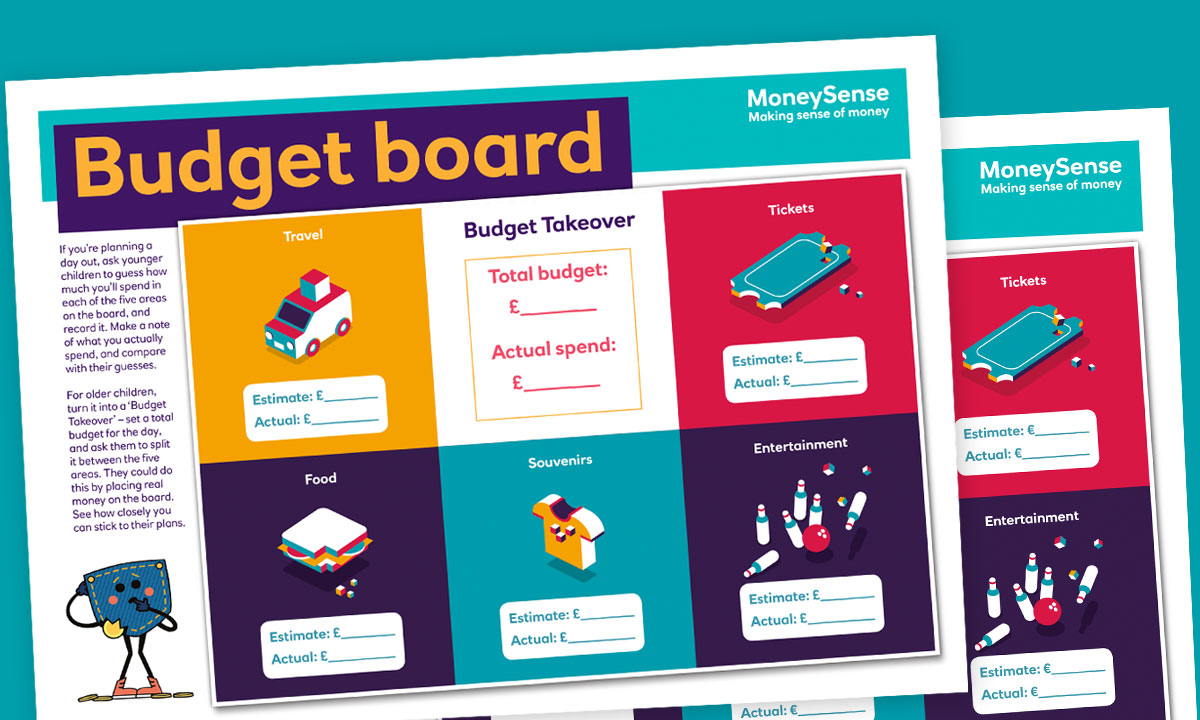Six money habits to practise in front of your children
Children learn by watching and copying adults – so what simple behaviours can you use to teach your kids the value of money? Money writer and father of three Jon Watkins explains.

It can be tricky for kids to understand the value of money and the need to be responsible when it comes to spending – after all, they don’t have to worry about balancing their earnings and outgoings just yet! But there are plenty of principles you can practise as a family to ensure children of all ages begin to understand the concept of money management. Here are six ways you can build a clear family narrative to develop your children’s understanding.
Talk openly about money and what things cost
Whatever you were told growing up, ‘money’ doesn’t have to be a dirty word. In fact, talking about it in an open and honest way is the first step to helping children understand what things cost and why it’s important to manage money responsibly.
Try to bring the topic to life by talking about how much treats or family days out cost. Create a vision board to put those things in the context of how long you might have to work to pay for them, or how many weeks’ pocket money they equate to, so your children understand that money has to be earned. It’s also important to explain why you can’t always afford everything, so that they appreciate there are limits and that other financial commitments such as energy bills and bus fares have to come first.
Encourage your children to work for reward
Another way to help kids understand that money has to be earned is to encourage them to carry out small jobs in return for financial reward. Of course, we all want our children to understand that not all work is rewarded and that some tasks are simply expected. But if your children want to save for something specific, asking them to carry out small jobs around the house, such as cleaning the car, in return for extra pocket money can help them appreciate the value of money. It also helps them understand how we as adults might sometimes need to take on extra work or a side hustle to pay for the things we want.
Empower your children to spend – in a sensible way
Giving your children a small amount of pocket money each week and empowering them to spend it as they wish – within reason, of course – can help them learn first-hand how to budget for the things they want, and that ‘once it’s gone, it’s gone’.
Tell them that the money is theirs to spend as they wish, so long as they tell you what they’re planning to spend it on, and encourage them to save up for bigger items. Discussing how long it might take to save will help them understand the value of their money.
Set specific saving goals – together
Include your children in savings plans to help pay for big-ticket items, such as holidays, trips to theme parks or family days out. By sitting down as a family to work out the total you need to reach, and to build a plan for achieving that goal, you’ll help your children understand how to save for big purchases and the value of saving little and often. Consider sharing a monthly target with them so they can see the impact of saving to reach a goal.
Household budgeting
To help your kids understand that money needs to stretch across many different needs, set monthly budgets for things like eating out, entertainment and days out. Sitting down at the start of the month to plan what you want to do, and how you’ll afford it, is a great way to show them how budgeting works.
It’s also a great activity to do as a family as it can help your children learn that, sometimes, if they want to do one thing, they might have to give up something else. Make sure they understand your commitments aren’t just the fun things – there are also budgets for shopping and bills.
Write a shopping list – and stick to it
Having a family shopping list for trips to the supermarket will show your kids how planning can help you stay within budgets. Consider having a shopping list on the wall in the kitchen, which everyone can add things to. Then, before shopping, work out the cost to check it’s within your regular shopping budget, explaining to the children why that budget exists and needs to be followed. At the supermarket, stick to the items you’d planned to buy so your children can see how it helps you stay within that budget.
Image credits: Adobe Stock
Find out about all the latest MoneySense articles for parents by following us on Facebook
Related activities
Want your child to find out more for themselves? Here are some activities to share with them.

 Activities:
Activities: 
 Poster:
Poster: 




